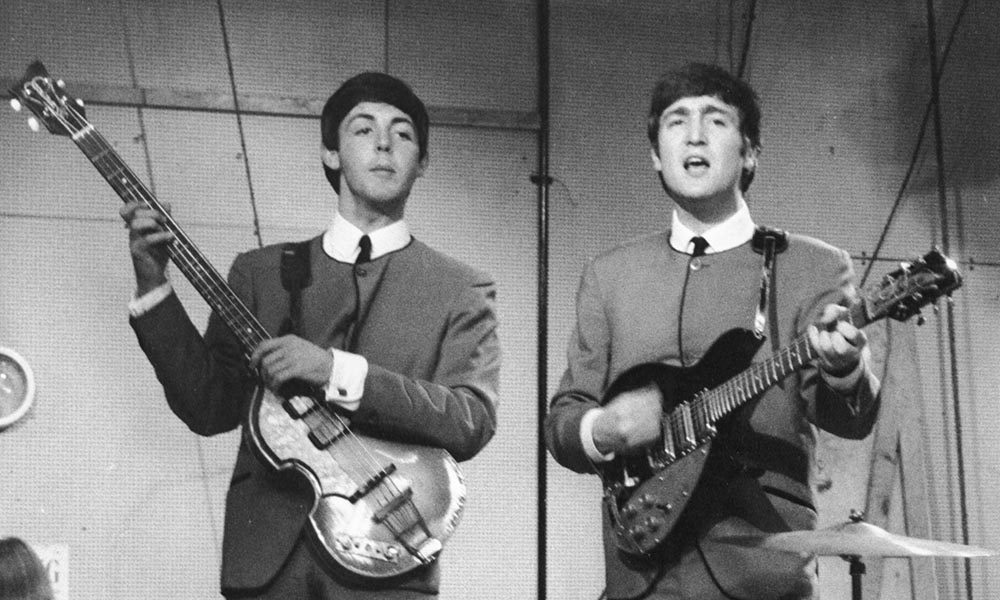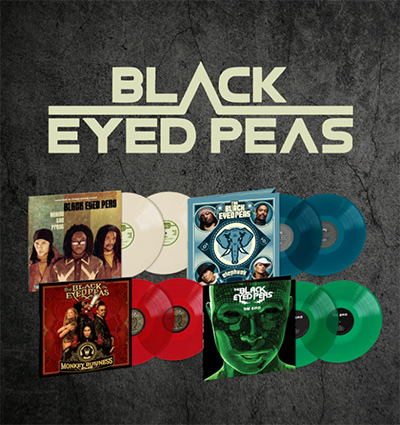June 1954: The Birth Of Record Mirror

Record Mirror, the first national publication to write about the Beatles and the only weekly music magazine of its day to publish the officially-recognised, BBC-approved sales charts (as used on Radio 1 and ‘Top Of The Pops’) published its first issue 60 years ago today, on June 17 1954, with Winifred Atwell on the cover.
For much of its 37-year life as a music weekly, the paper was seen by some as the poor relation of the New Musical Express, Melody Maker and, latterly, Sounds. But in its heyday, it sold in six figures in the UK alone every week, and gave early exposure to many later icons of 1960s music such as The Rolling Stones, the Kinks and The Who (“How High Will These High Numbers Go?”, July 1964).
In its early years, RM followed the NME by publishing its own singles chart, but from 1962, it began to use those tabulated by trade title Record Retailer, which later became Music Week. These charts, as opposed to those of the NME, became the industry’s official sales indices. The paper also ran the US sales charts, first from Cash Box and then from Billboard.
In 1975, disc jockey James Hamilton, who had earlier contributed US record reviews, started a new column aimed at mobile DJs. Hamilton pioneered the meticulous logging and usage of “beats per minute,” and the column became an indispensable bible for the dance community, also offering extensive feature coverage of disco and soul artists alongside the pop acts that adorned its cover.
Much-loved by those that remember it for its light and likeable tone, the magazine’s later sales decline lead to its closure by United Newspapers (along with Sounds, which it also owned) in 1991. From its coverage of Merseybeat to glam rock, from the new romantics to pure pop, RM occupied a unique place in the history of music magazine publishing.













Colin Driscoll
May 4, 2019 at 9:50 am
My New Book – Hits That Missed (ISBN – 978-0-95626769-9-3)available on Amazon- explores the popular records beneath the published Record Mirror music charts from June 1954 to March 1961 from actual dealer returns. It gives an insight into showbiz tastes and popular music culture in the formative years in the UK before the Beatles
Rokin Robin of Locksley
April 7, 2020 at 9:15 pm
A point of history, Paul: The Record Retailer charts during the 60s were not “official”. What came to be known as the “official” charts did not begin until Feb 1969 with the BMRB chart, which was then printed in both Record Mirror, Record Retailer, and used by the BBC. There was no “official” historical chart going backwards, rather there were 5 major independent charts NME, Record Mirror, Melody Maker, Disc, and Record Retailer, and the BBC calculated an average chart from them. In the 70s, Guinness wanted to print a chart book, so they used NME for the 50s, Record Retailer for the 60s, and BMRB for the 70s. They did not declare NME and Record Retailer as historically “official”. It wasn’t until after 2001 that the company who now owned the rights to the “official” charts changed its name from the Chart Information Network to The Official Charts Company, and also declared at this time that NME was “official” for the 50s, and Record Retailer “official” for the 60s. In other words, they tried to rewrite history. NME was a good choice for the 50s, but Record Retailer was the worst choice for the 60s. It sampled the fewest record shops of any of the charts, they forced tie breakers on chart positions, they disagreed the most often with all the other charts, were the least accurate, and the least followed. They represented 13% of record shops in the 60s, as opposed to Melody Maker which represented over 40%. They were “official” in their minds only, and have been lying to millions of Brits ever since. Record Retailer may be the “official” chart of the 60s for the “official” Charts Co, but no way are they “official” for the UK. It’s all lie, just rewritten history. But don’t take my word for it, do an internet search for “UKMix updated chart history” and all will be revealed. 2 big reasons why Record Retailer is the least accurate: The Beatles “Please Please Me” was #1 on NME, Melody Maker, and Disc for 2 weeks in 1963, 3 weeks on the BBC, based on 270 record shops. Record Retailer said it was #2 based on 30 record shops. Likewise, The Rolling Stones “19th Nervous Breakdown” was #1 for 3 weeks on NME, Melody Maker, Disc, and the BBC, based on over 500 record shops. It was #2 on Record Retailer based on 80 record shops. Record Retailer also had the most #1’s (11) that did not reach #1 on any of the other charts, and the most non-#1’s (6) that reached #1 on all the other charts. The worst choice as “official” for the 60s. Cheers!